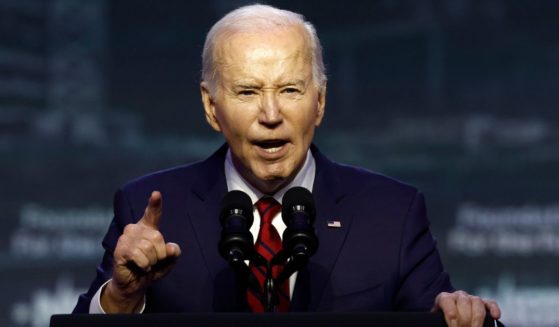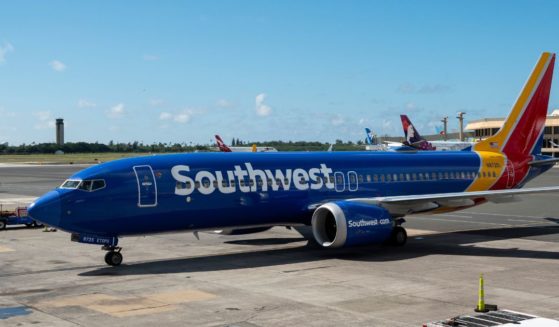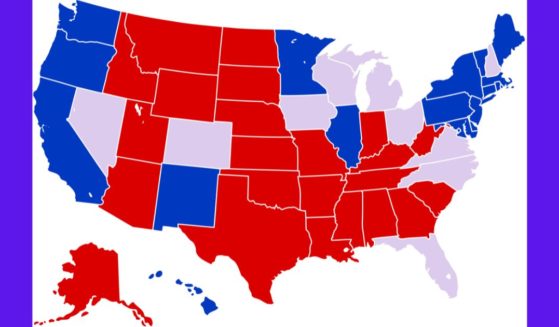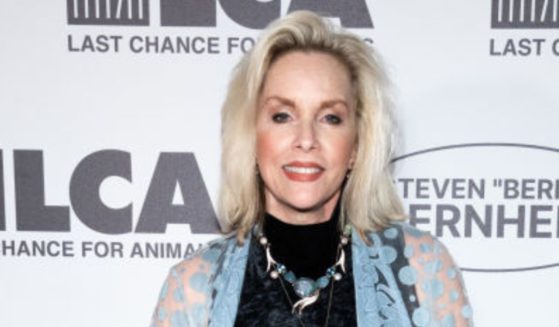Weekly US Unemployment Claims Double Previous Record High
More than 6.6 million Americans applied for unemployment benefits last week — doubling a record high set just one week earlier — a sign that layoffs are accelerating in the midst of the coronavirus.
The stunning report Thursday from the Labor Department showed that job cuts are mounting against the backdrop of economies in the United States and abroad that have almost certainly sunk into a severe recession as businesses close across the world.
Applications for unemployment benefits generally reflect the pace of layoffs. Combined with last week’s report that 3.3 million people sought unemployment aid two weeks ago, the U.S. economy has now suffered nearly 10 million layoffs in just the past several weeks — far exceeding the figure for any corresponding period on record.
Some of last week’s jobless claims are likely delayed filings from the previous week, when state offices that handle unemployment benefits were overwhelmed by a surge of online and telephone claims.
The accelerating layoffs have led many economists to envision as many as 20 million lost jobs by the end of April. That would be more than double the 8.7 million jobs lost during the Great Recession. The unemployment rate could spike to as high as 15 percent this month, above the previous record of 10.8 percent set during a deep recession in 1982.
Many employers are slashing their payrolls to try to stay afloat because their revenue has collapsed, especially at restaurants, hotels, gyms, movie theaters and other venues that depend on face-to-face interaction. Auto sales have sunk, and factories have closed.
More than two-thirds of the U.S. population are under stay-at-home orders, imposed by most U.S. states. That has intensified pressure on businesses, most of which face rent, loans and other bills that must be paid.
The White House and Congress expanded the unemployment benefits system in last week’s $2.2 trillion economic rescue package.
That legislation added $600 a week in jobless aid, on top of what recipients receive from their states. This will enable many lower-income workers to manage their expenses and even increase their purchasing power and support the economy.
It also makes many more people eligible for jobless aid, including the self-employed, contractors, and so-called “gig economy” workers such as Uber and Lyft drivers.
Kathryn Lickteig, a cook in Kansas City, signed up for unemployment compensation last week after the city shut down dine-in restaurants. She is hopeful that the extra $600 will help her ride out the shutdown instead of having to look for an interim job.
“It has eased my mind so much,” she said. “I do not have to actively go out and expose myself to the public and possibly get sick. I can stay home now and do my part in social distancing.”
The legislation will also help fund unemployment benefits for workers whose hours have been cut. That would enable these people to replace some of their lost income with unemployment aid even as they keep their jobs.
About 26 states allow workers with reduced hours to claim benefits. Most economists support doing so because it encourages companies to cut back on hours rather than lay off workers.
Any program that encourages companies to maintain connections with their workers can help the economy rebound faster after the virus outbreak is contained.
Typically, people who receive jobless aid are required to actively look for a new job and to document their searches. But Congress has passed other legislation that encourages states to drop that requirement, given that so many businesses are closed, and most Americans have been ordered to largely stay at home.
Mark Zandi, chief economist at Moody’s Analytics, said this week that just 6 percent of companies surveyed by Moody’s say they’re hiring — down dramatically from 40 percent in the weeks preceding the coronavirus outbreak. The plunge in hiring underscores the difficulty that anyone out of work would have in finding a new job.
On Friday, the government will issue the March jobs report, which economists forecast will show a loss of 145,000 jobs. That report is based on data gathered mostly before the spike in layoffs began two weeks ago.
Though relatively small, that loss would still end a record-long 113-month streak of job growth.
Numerous state unemployment agencies have struggled to keep up with the flood of applications for jobless benefits.
New York’s Labor Department asks people to file on different days depending on their last names. Monday, for example, is reserved for those last names that start with A through F.
The Western Journal has reviewed this Associated Press story and may have altered it prior to publication to ensure that it meets our editorial standards.
Truth and Accuracy
We are committed to truth and accuracy in all of our journalism. Read our editorial standards.












